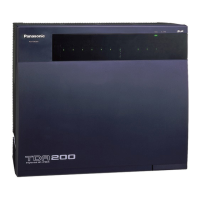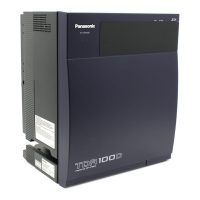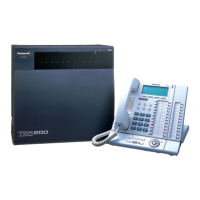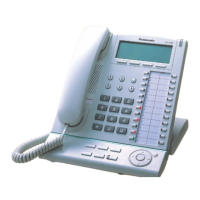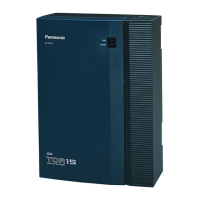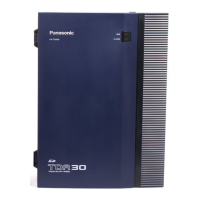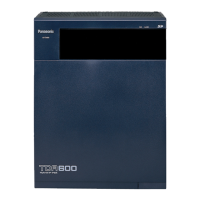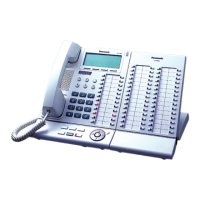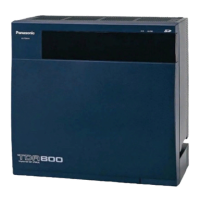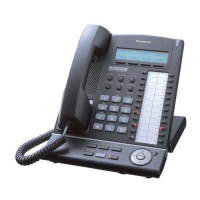Why do some Panasonic KX-TDA100 PBX extensions not work during a power failure?
- KKristen GallagherAug 27, 2025
To resolve the issue where extensions connected to ports 1 to 4 of MSLC16/SLC16 and ports 1 to 2 of DHLC8/SLC8 cards do not operate during a power failure on your Panasonic PBX, disconnect any DPT or APT devices and connect an SLT instead. Also, ensure the correct dialing mode (tone or pulse) is selected by setting the Tone/Pulse switch to the alternative position.
